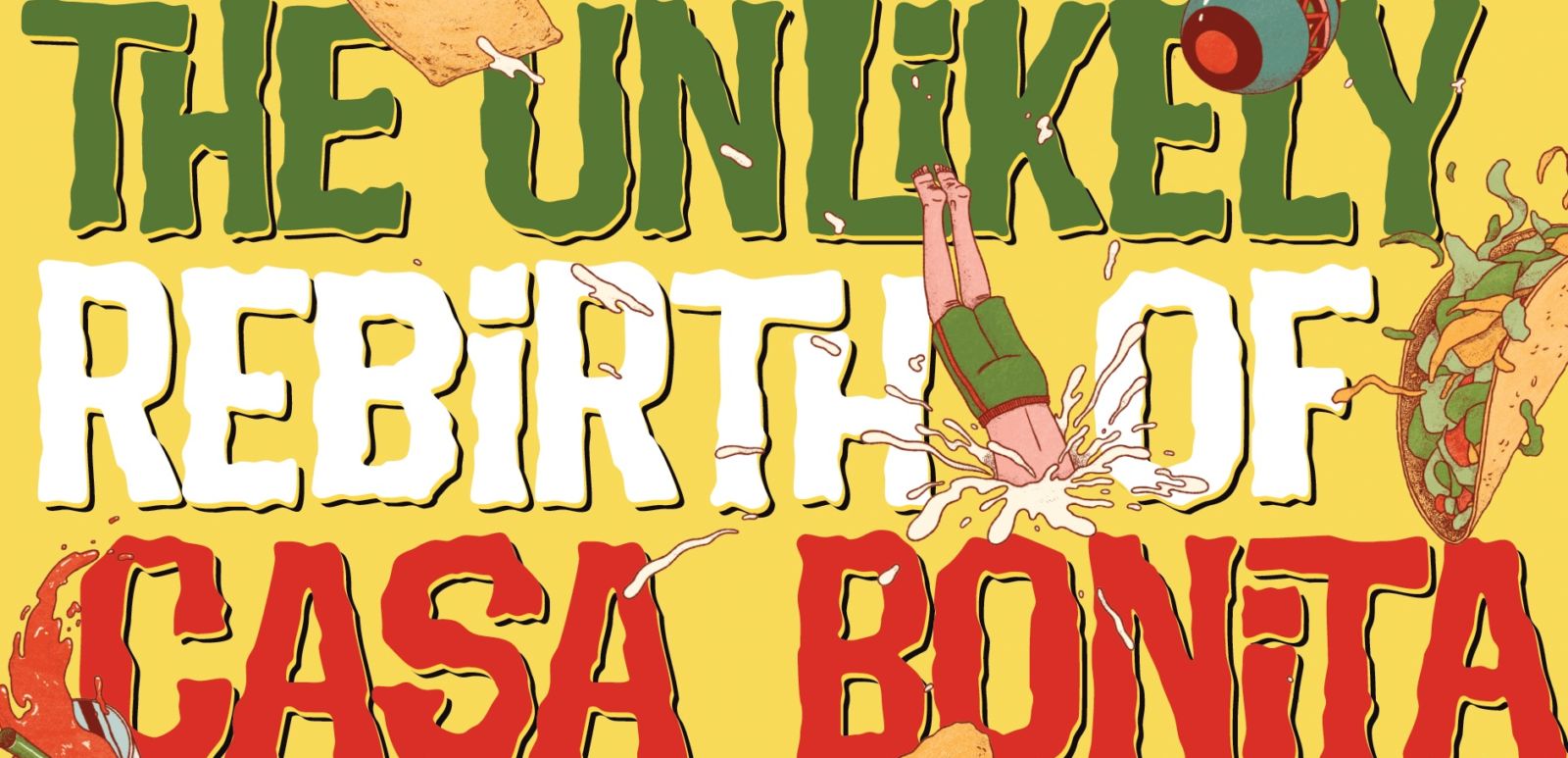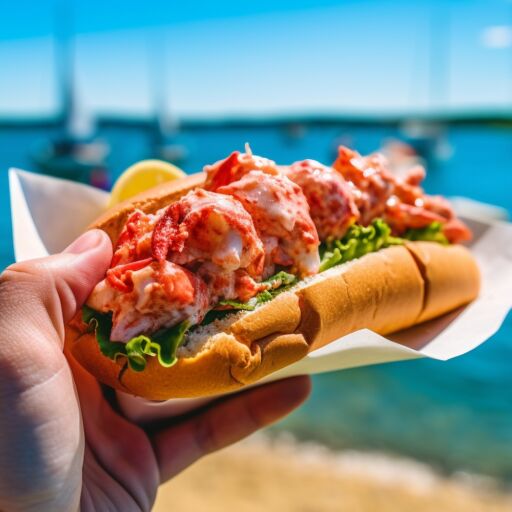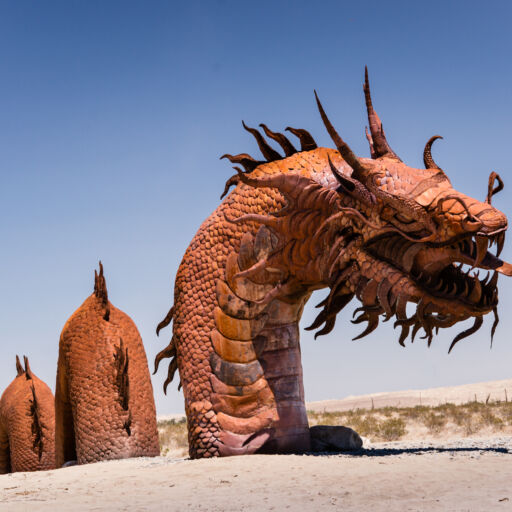This story appears in The Food Issue, which is on sale here and is in stores now.
When I was growing up, my dad had one of those jobs that pretty much everyone was jealous of: He was a restaurant critic. And, not only that, he was basically the restaurant critic in what used to be our fairly small town of Denver, Colo.
Friends, family and strangers would turn green with envy at our good fortune. “You eat out four nights a week?” they’d inevitably, jealously inquire. “And get whatever you want? And the newspaper pays for it?” Yes, sure, well, sorta. We did, indeed, eat out an average of four nights a week. (My dad would also do a couple of solo lunches on his own.) But all that glitters is not gold.
Often, we didn’t get to choose what we wanted on the menu. If Dad had had it already, it was out of the question. Also, when’s the last time you returned to a restaurant you absolutely hated? Or tried to get a 9-year-old to eat Thai food for a week straight? Yes, let your tears rain down upon me.
When his budget ran out, our family footed the bill. My dad, a Ph.D. in theology and ethics from the University of Chicago, was an egalitarian critic, like his contemporaries Jonathan Gold and Robert Sietsema. He believed (and still does, in semi-retirement) that all restaurants deserved their fair shot. It was three sit-downs no matter how vile the first pass was, and he’d pay his own way toward the end of the year to make that a reality.
Sound like a lot of complaining from the well-fed son of a restaurant critic? Well, strap in.
One of the clearest memories of my youth is when my dad gave Casa Bonita a bad review. You see, Casa Bonita was our place — a place for kids, not adults (even if they drove us there, watched us and paid for everything). My friends were merciless about my father’s critique. We didn’t care about the fancy French place downtown or the latest sushi spot in Cherry Creek. Our place was one of birthday parties, cliff divers, meandering lines, mariachis, puppet shows, majesty, wonder and, admittedly, terrible food: a Mexican American, psychedelic, crumbling Disneyland.
I asked my dad to try to find the review for this story — I remember it as being a D or D+ on the typical American school grade scale — in The Rocky Mountain News archives, but he couldn’t. (The Rocky closed in 2009 and, therefore, articles are tricky to unearth. Pre-1990 ones are nearly impossible to dig up outside of microfilm at the Denver Public Library.) So, I’ll have to paraphrase the review: “The food is dogshit. And fuck Black Bart’s Cave.”
Right, you probably don’t know what Black Bart’s Cave is yet. Let’s rewind.
***
The history of Casa Bonita is as shrouded in bizarre mystery as the restaurant itself. Founder Bill Waugh allegedly opened the first location in Oklahoma City in 1968. Locations in Tulsa, Little Rock and Fort Worth followed and eventually shuttered. The marathon winner is the one in Denver (well, really, Lakewood, a suburb), which opened in 1974 and remained until 2020, when the state closed restaurants because of the pandemic. Then, like so many others, it plain folded.
So, how to describe the Casa Bonita of my youth? I’m no Sinclair on the Industrial Revolution or Hemingway on the Great War or Steinbeck on the Great Depression. But here is what these eyes have seen, time and again: The wheels of our car coasted down the wickedest street in the West, Colfax Avenue. Pointed toward the Rocky Mountains, we pulled into a strip mall parking lot and there it was: a pink stucco tower rising above the surrounding riff-raff. Past the doors, more riff-raff was found in the form of a rambunctious, children-filled cafeteria line. We queued up with our trays and ordered some slop (a meal was required for entry, no exceptions).
Sometimes the line lasted hours — or at least felt that way. Once your plate was loaded, you were heralded inside the enormous, 52,000-square-foot church of madness and ushered into one of 1,000 seats. There, you could gawk at the 30-foot waterfall, which featured as stars cliff divers (mostly made up of local high school diving team members). Or upon the strolling mariachis. Or at a man in a gorilla suit running from a…sheriff?
My friends and I would dip into an arcade, the gigantic puppet theater and Black Bart’s Cave — which was (is?) pretty much just a humid faux abyss with strange little displays along the way.
The food itself was legendarily awful; puzzlingly many items were all-you-can-eat. When I was 7, I didn’t mind. I even figured out what to order as an adult (green chile burritos, even though many in the know would recommend, “Get the taco salad, but don’t touch it”). The watered-down margaritas started to kick in after a few, and both children and adults could agree that the hot sopapillas covered in honey made you mostly forget about the other things you’d put in your mouth.
***
In many ways, Casa Bonita — in all of its absurd, random kitsch — is a pioneer. Chuck E. Cheese had its heyday in the 1980s and 1990s only to be followed by Dave & Buster’s, Rainforest Cafe, Alamo Drafthouse and now, a 21st-century uptick in the eatertainment fad.
Punch Bowl Social (also from Colorado) debuted as a fancy bowling alley with fancy drinks and food, but has also been hit hard by the pandemic. Still, the States do not lack elaborate, urban putt-putt courses that you can navigate cocktail in hand, as well as Topgolfs and Pinstripes galore. Three miles down Colfax from Casa Bonita, you’ll find the latest Meow Wolf and, while it might not be eatertainment per se, you better believe they have a cafeteria and bars — happily fulfilling the current American desire for “immersive” art.
The pandemic struck a big blow to Casa Bonita, as it did to many iconic Denver bars and restaurants. (Perhaps most notably El Chapultepec, another Mexican restaurant in disguise — this one as a jazz club and dive bar.) In April of 2021, owners Summit Family Restaurants filed for Chapter 11 bankruptcy. It seemed as if all hope for crummy enchiladas and weird fake gunfights was lost forever.
But, then, the community rallied. Andrew Novick, who has eaten at the “pretty house” over 300 times, started a group simply named Save Casa Bonita. “Mi Casa es Su Casa,” an annual show that just celebrated its fifth anniversary of utterly insane Casa Bonita artwork, got ink in the press. Podcasts blew up. And then, two superheroes of the cartoon universe swooped in with bags of cash.
Casa Bonita was immortalized in a startlingly accurate 2003 “South Park” episode and it was without much surprise — but much jubilation — that the residents of Colorado found out who the new owners would be: none other than Trey Parker and Matt Stone, backed by $3.1 million in “Book of Mormon” loot.
In several interviews across the Front Range, the two made it clear that the madcap cafeteria would retain much of its eccentric charm. But one thing they wanted to improve on was obvious. Perhaps they read my dad’s review.
Helming the Casa Bonita kitchen now is a celebrated Denver chef Dana Rodriguez. Her track record in and out of town is spotless. Both Work & Class and Super Mega Bien are huge culinary hits, for which she’s garnered three James Beard nominations. We spoke just after her latest concept — and first solo mission — Cantina Loca opened in Denver in January.
“When I first came to Colorado [in 1998 from Mexico], I applied for a job in the kitchen at Casa Bonita. I didn’t get the job because I wasn’t qualified enough,” Rodriguez says.
Now, Rodriguez has big plans for the cavernous locale. “I’m very excited about the future of the food at Casa Bonita. I’ll be digging into my native Chihuahua roots and creating a delicious, approachable menu,” she says. “Of course, we’re going to keep favorites like the sopapillas.”
Rodriguez doesn’t know when it will reopen but praises the “South Park” guys for shocking the dying monster back to life. “They are great people who love Casa Bonita very much and have put together a really fantastic team here. We have an amazing staff, some who have been with Casa Bonita for decades, and I am so glad to be a part of it.”




